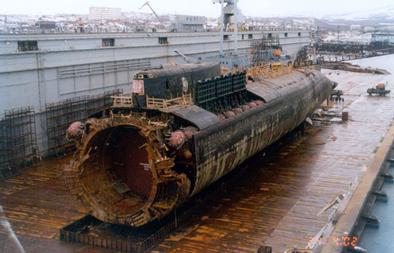 Stiletto Heels
Stiletto HeelsIf you have been going around in a of pair stilettos for the entire day, you most probably would have experienced sore shoulders and some back pain or you would have noticed some growth of thick skin. Stilettos can cause long term damage to one's health and when worn regularly, they can cause harm to our feet and posture. The higher the heel, the worser it will be. Although stilettos can make one taller and have a more attractive posture, the posture is not a natural one and it puts a lot of pressure and stress on the spine
 when the body is pitched forward. When wearing a stiletto heel, the entire body weight is directed onto the ball of the foot, changing the way you walk. This is because the heel found on your pair of stilettos is extremely long and thin, increasing the amount of pressure put onto your feet, which causes pain after walking in them for a while. Even though wearing flats are a better choice as compared to heels, flats do not offer much support to the arch. 1.5 to 2 inch heels are not just easy to walk in, they also build calve muscles but can cause problems such as corns,
when the body is pitched forward. When wearing a stiletto heel, the entire body weight is directed onto the ball of the foot, changing the way you walk. This is because the heel found on your pair of stilettos is extremely long and thin, increasing the amount of pressure put onto your feet, which causes pain after walking in them for a while. Even though wearing flats are a better choice as compared to heels, flats do not offer much support to the arch. 1.5 to 2 inch heels are not just easy to walk in, they also build calve muscles but can cause problems such as corns,  calluses and back pain. But if you are wearing 2.5 and above inch heels, you might want to consider leaving them for special occasions or wearing them only a few times a weak. You must always learn to wear different kinds of shoes in a week to minimise foot damage. Remember that whatever height of shoes you choose to wear, it will affect your health. Your feet and back will thank you one day when you are wearing the right kind of shoes.
calluses and back pain. But if you are wearing 2.5 and above inch heels, you might want to consider leaving them for special occasions or wearing them only a few times a weak. You must always learn to wear different kinds of shoes in a week to minimise foot damage. Remember that whatever height of shoes you choose to wear, it will affect your health. Your feet and back will thank you one day when you are wearing the right kind of shoes. Picture souce:
http://cache.jalopnik.com/assets/resources/2007/05/Stiletto_Heels.jpg
Source: Watsons Glow singapore October to December 2009 (Magazine)
Source: Watsons Glow singapore October to December 2009 (Magazine)

